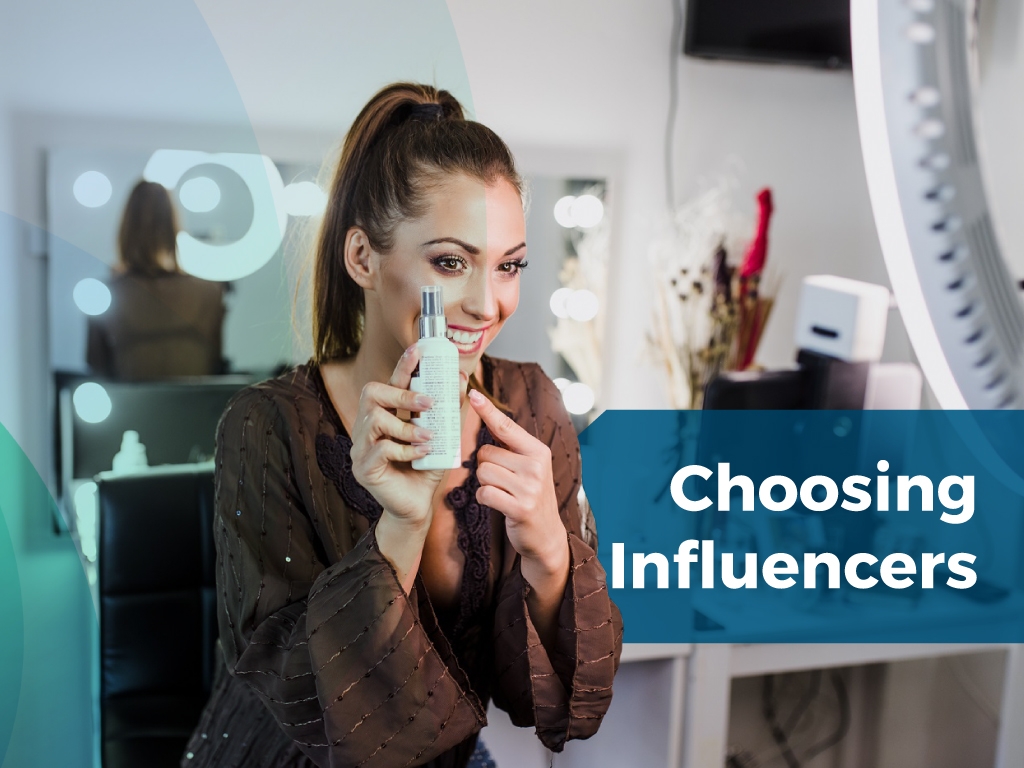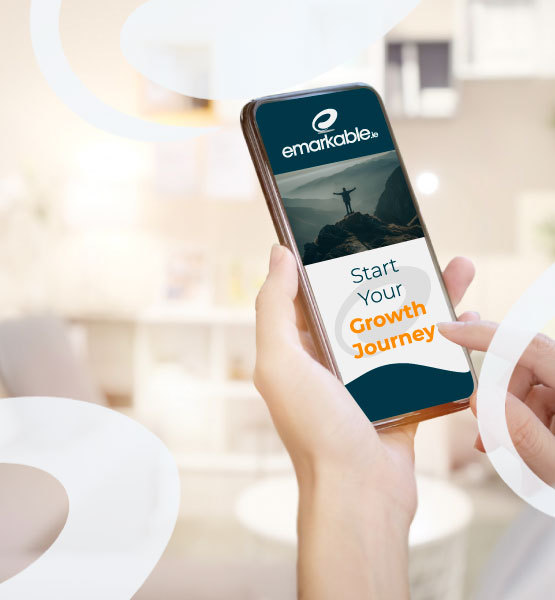Top Tips for 2020: Choosing the Right Influencers to Work with Your Brand
When it comes to engagement with external partners to promote your brand, choosing the right influencers can be vital. With a built-in audience of followers and fans, social media influencers have the ability to plug your products with an honest opinion that holds sway over your potential customers.
Learning how to find influencers and collaborating to reach their followers can give your company a much-needed edge. With so many influencers and aspiring influencers out there, here’s some tips for how to choose the right influencers for your brand.
How to Identify Influencers Who Fit Your Brand

There are a few sources to look to when deciding how to find influencers you want to help promote your brand. This initial outreach is a critical part of influencer marketing campaigns, and making the right choice is key to ensuring success.
Here are a few starting points for your influencer search:
- Organic search and outreach: This is by far the most time-consuming method for finding brand influencers, as it involves searching directly through Google, using trial and error on social media, and scanning web pages for contact info. Manually searching social channels and hashtags for relevant influencers for a given topic can turn up great results, but can be tedious.
- Databases and social listening: These tools search and scrape websites for you, pulling publicly available data. While you’ll be able to see who is participating in the conversation and what keywords they’re discussing, you’ll still need to vet the influencers and conduct outreach, similar to what you would do with an organic search.
- Influencer networks: These are services that work somewhat like a talent agency. The network manages and maintains relationships with the influencers. These services will manage all the communication and serve as middle-men in the conversation.
- Marketplaces: An influencer marketplace often pulls in real-time information about influencer performance and also does a good job collecting a batch of trending influencers and making collaboration and connection easy. You and the influencer have both opted into the platform, but you’ll still have to have a conversation to ensure the match is ideal.
Factors to Consider When Choosing Influencers

When it comes to selecting influencers, it’s not as simple as just logging on to Instagram or YouTube and picking a content creator with a high follower count. You need to understand the types of influencers your audience looks to and trusts in order to make the most of your influencer marketing efforts. Here are a few factors you should consider
- Follower Count: When it comes to followers, more isn’t necessarily better. While choosing the right brand influencer can mean looking for someone with a high follower count that might show your post to more sets of eyes, keep in mind that “micro-influencers” (those with follower counts under 10,000) can actually have a higher impact with sponsored posts. This is probably because micro-influencers are more likely to directly engage with their followers, reply to comments, and answer questions than their larger counterparts.
Also worth noting is that micro-influencers are typically more affordable, and some may be willing to work for product rather than cash.

- Post Frequency: Most influencers are active daily, posting to stories and social media feeds alike. If an influencer posts too frequently, your post is likely to get bumped down the feed sooner and won’t be seen by as many people. Also consider how many of those posts are branded content and sponsorships—if too much of the content an influencer posts is sponsored, they’re less likely to have a trusted opinion among their followers.
- Communication and Professionalism: Regardless of your influencer’s persona online, you should expect them to be clear, communicative and professional, just as you would any other third-party vendor. Influencer marketing is a business, and if your influencer isn’t responsive to your communication or changes their mind frequently about what they want, they’re not worth working with.
- Value Alignment: Your brand values are extremely important to reinforcing trust, and your influencers should mirror and represent those values. Younger consumers, especially, are concerned with understanding what the products they purchase stand for. According to a survey of Gen Z consumers by McKinsey, 70% of young people say they try to purchase products from companies they consider ethical, and 80% refuse to buy from brands that have been involved in a scandal. When you’re choosing the right brand influencers, it means you’re selecting someone to represent your company, and it’s important to be aware that their scandals and mistakes can then become yours.
- Cost: You and your brand influencer should agree upfront on compensation, and what your investment is entitled to. Your influencer engagement might be as simple as free product in exchange for a review, and it might be as extensive as a commission per-purchase or per-lead that’s attributable to the influencer’s efforts. Whatever it is that you choose to do, be sure to lay out the terms up front. The more you’re willing to invest, the more control you’ll have over the content the influencer shares and the more incentive the influencer will have to produce content that shows your brand favorably.
Seeing a Return from Influencer Marketing

In order to understand the impact your brand influencer is having on your overall marketing efforts, you need to set goals up front. If the aim of the influencer is brand awareness, you might measure success through engagement on the influencer posts and new followers to your social media profiles. If your aim is direct purchases, you should provide your influencer with a unique link, form, or coupon code in order to track your efforts as part of your overall digital marketing.
With effective attribution, you should be able to track leads and purchases from influencers directly within your marketing automation platform. If your goal was to collect leads from a specific influencer, you could gather those leads directly in your CRM and serve them an email workflow tailored to the content you know they’re interested in based on the influencer they follow.
Your brand influence partnership should, above all, be fun. This is a great source of content for cross-promotion on your social media channels and website. Engage with influencers you enjoy working with, and the relationship you develop is sure to be mutually beneficial.





